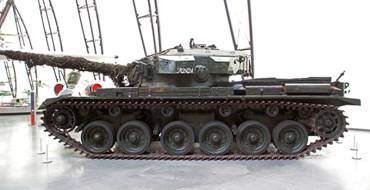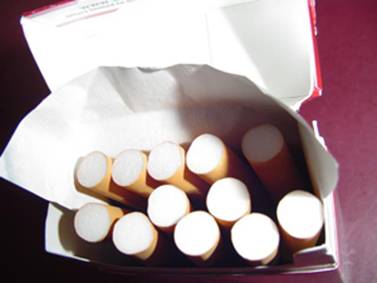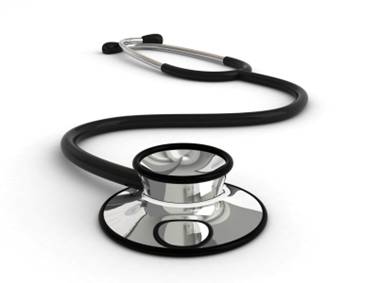Types of goods - self-test questions

1 |
Types of goods
How would you classify the type of good shown in the image below?
|
2 |
Types of goods
How would you classify the type of good shown in the image below?
|
3 |
Types of goods
How would you classify the type of good represented by the image below?
|
4 |
Types of goods
How would you classify the type of good shown in the image below?
|




